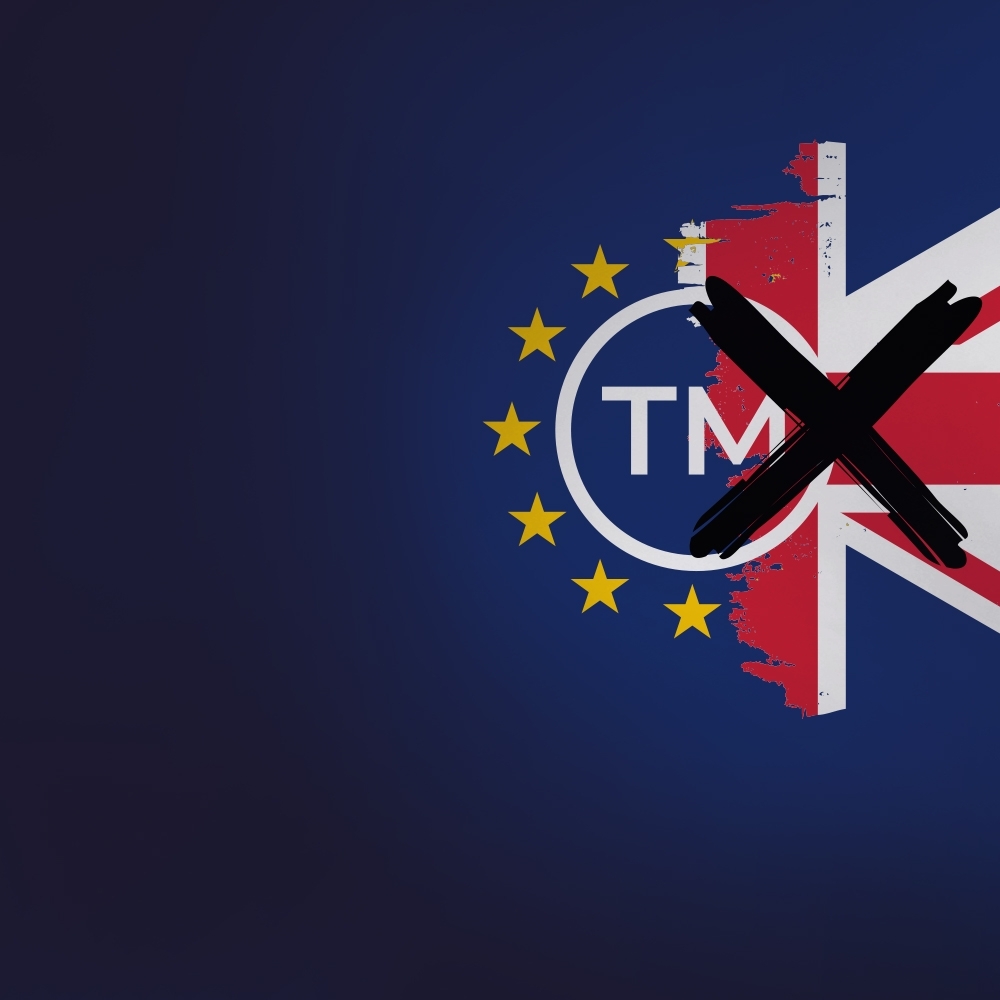08.03.2021
In the world of new and innovative materials, an imaginative name and effective marketing goes a very long way. Make sure you look after this valuable asset!
Thank you
Think of Nike® trainers with FlyKnit®, or clothing made with Thinsulate® synthetic fibres from 3M®. From every day materials like Sellotape® and Cellophane®, to exotic, niche materials like VANTAblack® and Inconel®, catchy names can give materials recognised identity and even infamy. A well-chosen name can capture a material’s personality: it can convey a sense of luxury or prestige, indicate the material’s function, or give a glimpse into the innovation and technology that underpins it. It can hold the power to sway a consumer’s purchasing choice. The material name can even transcend and outlive the company that initially owns it.
A material name can be a powerful tool, and you want protect well from the start, as soon as you make splash with your product launch. Protecting the name is crucial to protecting its persuasive power: it allows you control over who can, and can’t use it. You might want to reserve the name only for yourself, or you may find it a valuable asset to license to others using your material with your permission – customers who incorporate the material into their products for example. Either way, robust protection is essential.
Picking your name: A name will not be protectable if it is descriptive of the material. A straight-forward chemical name for example, or description of a composition, would not be protectable. Take VANTAblack®: VANTA stands for “vertically-aligned nanotube array”. Not very catchy on its own, and also not registrable because it is a description of the material. “Black” wouldn’t get you very far either! But turn it into VANTAblack® and you have a name that is both evocative and registrable.
Protecting your name: Think carefully about your market areas. Do you have them properly covered with your trade mark specification? If you sell the material to others to incorporate into their products, you might want to license your name to them: think carefully about the markets where your current and future customers operate.
Clearing your name: Pre-launch clearance is important for any product and a material is no exception. Make sure you aren’t treading on anyone else’s toes by conducting trade mark searches before you have committed too heavily to your name – while you might still be able to change it without writing off too much investment.
Safe-guarding your name: It is always important that you don’t allow your name to become a generic term: if this happens then your registered trade mark will be vulnerable to revocation. This can be a particular hazard for materials names – if it becomes a household name then it can work its way it into general use. Cellophane® for example has remained a registered mark in some countries, but in others it is now a generic term. Many companies have had to work hard to prevent their material names becoming generic: not all ‘sticky tape’ is Sellotape® for example, and not all ‘hook-and-loop’ fasteners are Velcro®. Always use the ® symbol to show your mark is registered, and clamp down quickly on anyone you see using your name as a generic term.
With careful thought and the right trade mark protection, the name of your material can be a highly valuable asset for many years. If properly maintained, trade marks can last forever, long out-living patent protection you may have had for the initial material innovation.
Keltie’s trade mark attorneys are well-practiced in obtaining, maintaining and exploiting trade mark protection for materials, and can help to ensure you get the best possible protection. Get in touch to speak to us about protecting your materials branding.

10.11.2025
Cloned UK Trade Mark Rights - Deadline CloseIf a cloned UK trade mark right is challenged for non-use, use of that mark in the EU currently counts towards demonstrating genuine use. However, this will not be the case for much longer. From 31 December 2025, owners of cloned UK trade mark rights must show genuine use in the UK only to maintain a challenged right as use in the EU will no longer be relevant.

11.11.2025
UK IPO - Increasing fees from 1 April 2026The UK IPO is set to increase its fees from 1 April 2026, subject to parliamentary approval.
Thank you